For several decades now consumers like me have enjoyed using mobile devices including:
- Transistor radios, my first one had just 6 discreet transistors in the 1960’s
- HP 21 Calculator, used in college with Reverse Polish Notation, circa 1976
- Zenith Data Systems laptop, with two floppy drives, 1980’s
- Palm Pilot V, a useful PDA before smart phones that is, 1990’s
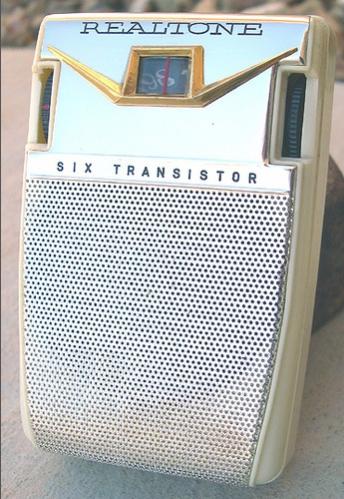
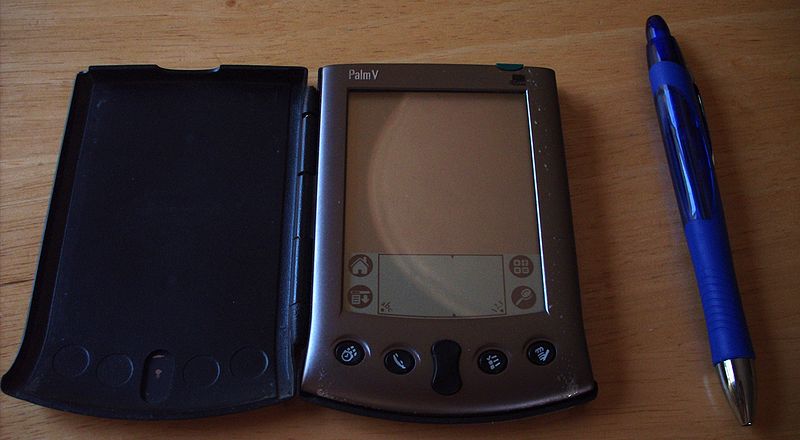
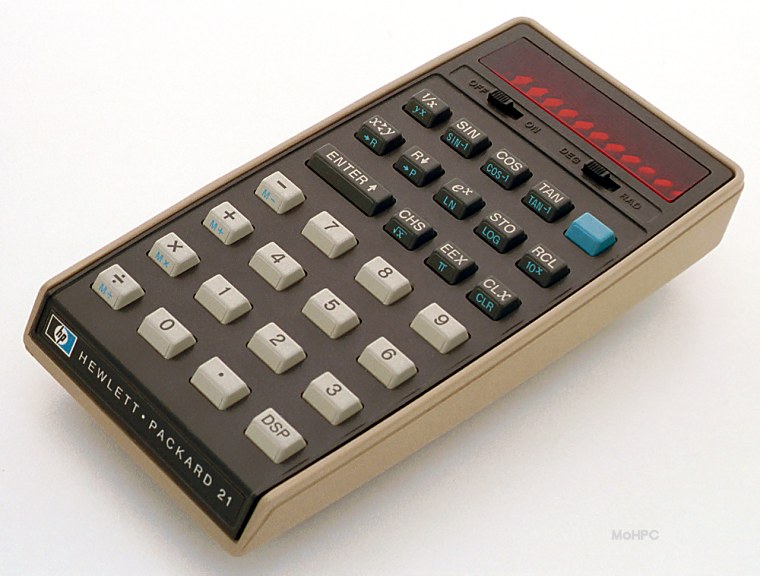
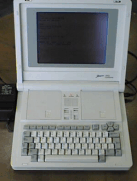
Fast forward to today where I enjoy using mobile devices with up to billions of transistors:
- MacBook Pro 17″ with 16GB of RAM, and an Intel Quad Core i7 processor
- iPad 3 with 16GB of Flash, and A5X quad-core ARM processor
- Samsung Galaxy Note II with 5.5″ display, powered by a quad-core Cortex-A9 processor



We have grown very accustomed to new generation devices that have faster performance, lower power and run longer on a single battery charge. These three general trends place a daunting challenge on SoC and electronic system designers. Fortunately there is some help in sight by using EDA tools that can:
- Measure power at the chip, package and board levels at the earliest point in your design process to see if you will meet the target specifications
- Verify power integrity for sub 1 V supply levels for the many modes of your SoCs
- Simulate all of your high-speed low-power I/Os, like LPDDRs to verify they work in the presence of core and system noise within your jitter specs
- Perform checks for Electromigration (EM) and Electrostatic Discharge (ESD) to ensure a long product life
- Run thermal simulations to see how stable your electronic design really is
There’s a webinar hosted by ANSYS-Apache on Tuesday, August 27th that will address these specific types of analysis, starting at 4PM EDT or 8PM GMT. Registration is required so sign-up here.

You will hear about how to design mobile and high-performance ICs for power and reliability using the simulation platforms engineered by ANSYS-Apache. The webinar will last 60 minutes, is free, and you’ll have a chance to ask questions about how the Apache tools work.
lang: en_US
Share this post via:


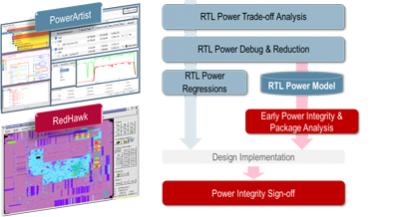





Comments
0 Replies to “Low-Power Design Analysis and Optimization for Mobile and High-Performance Computing Applications”
You must register or log in to view/post comments.